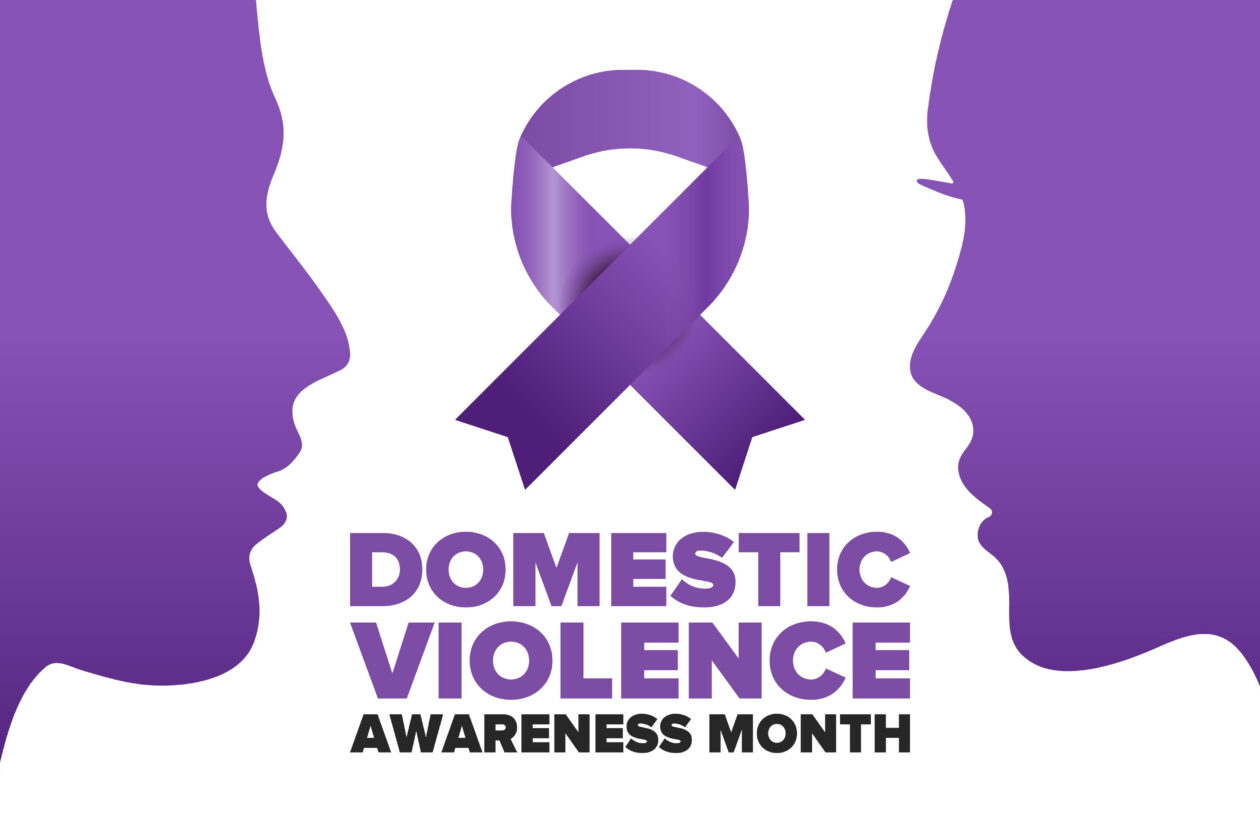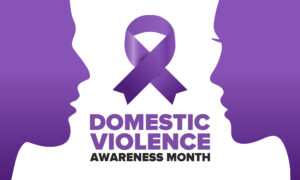
Everyone is worthy of happy and healthy relationships free of domestic violence.

Taking inspiration from the “Day of Unity,” the National Coalition Against Domestic Violence (NCADV) first proclaimed October as Domestic Violence Awareness Month (DVAM) in 1981. October has since become a period of acknowledging survivors of domestic violence and provides a platform for their voices to speak out and tell their stories.
Domestic violence means different things in different places by different people. The United States Department of Justice Office on Violence Against Women defines intimate domestic violence as “a pattern of abusive behavior in any relationship that is used by one [or more] partners to gain or maintain power and control over another intimate partner.” Domestic violence in California applies to current or former intimate partners, someone they share a child with, roommates, housemates, or relatives living within the same household.
Although substantial progress has been made to reduce domestic violence and support survivors, it still plagues towns, states, and countries. Every year, countless people, regardless of age, gender, race, nationality, faith, socio-economic status, or sexual orientation, are afflicted. LGBTQ+ history is plagued with domestic violence.
According to the FBI’s National Instant Criminal Background Check System, California submitted 12,484 domestic violence misdemeanor convictions in 2019. 34.9% of California women and 31.1% of California men experienced physical violence, sexual violence, verbal abuse, mental abuse, or stalking from their intimate partner(s).
Multiple studies indicate LGBTQ+ individuals experience domestic and intimate partner violence at greater rates, including 54% of transgender persons reporting being victims of intimate partner violence in their lifetimes according to the 2015 U.S. Transgender Survey. Being “outed” or threatening to reveal someone’s sexual orientation or gender identity is a common form of abuse LGBTQ+ people endure. This can be equivalent to a death sentence for those living in oppressive environments.
It is not always easy to recognize signs of domestic violence. Additionally, there is a horrible stigma that perpetuates gender bias. Men accused of domestic violence against women are viewed more critically and severely than a woman accused of sexual violence by a man.
The effects of domestic violence can last a lifetime and become cross-generational. This is because the wounds are not always visible. Acts of domestic violence include (1) physical abuse; (2) sexual abuse; (3) emotional abuse; (4) economic abuse; (5) psychological abuse; (6) threats; (7) stalking; (8) cyberstalking.
The National Domestic Violence Hotline and the National Child Traumatic Stress Network offer locations to community centers and safe places, hotlines to professional and emergency contacts that aid people in understanding, recognizing, and affirmative actions available for everyone. Project MORE has a culled longer list of local service and support organizations and resources by California county.
Although it can be difficult, people don’t have to be afraid to speak up and out. Take a stand and join the growing chorus of diverse voices chanting, “Enough is enough!”

